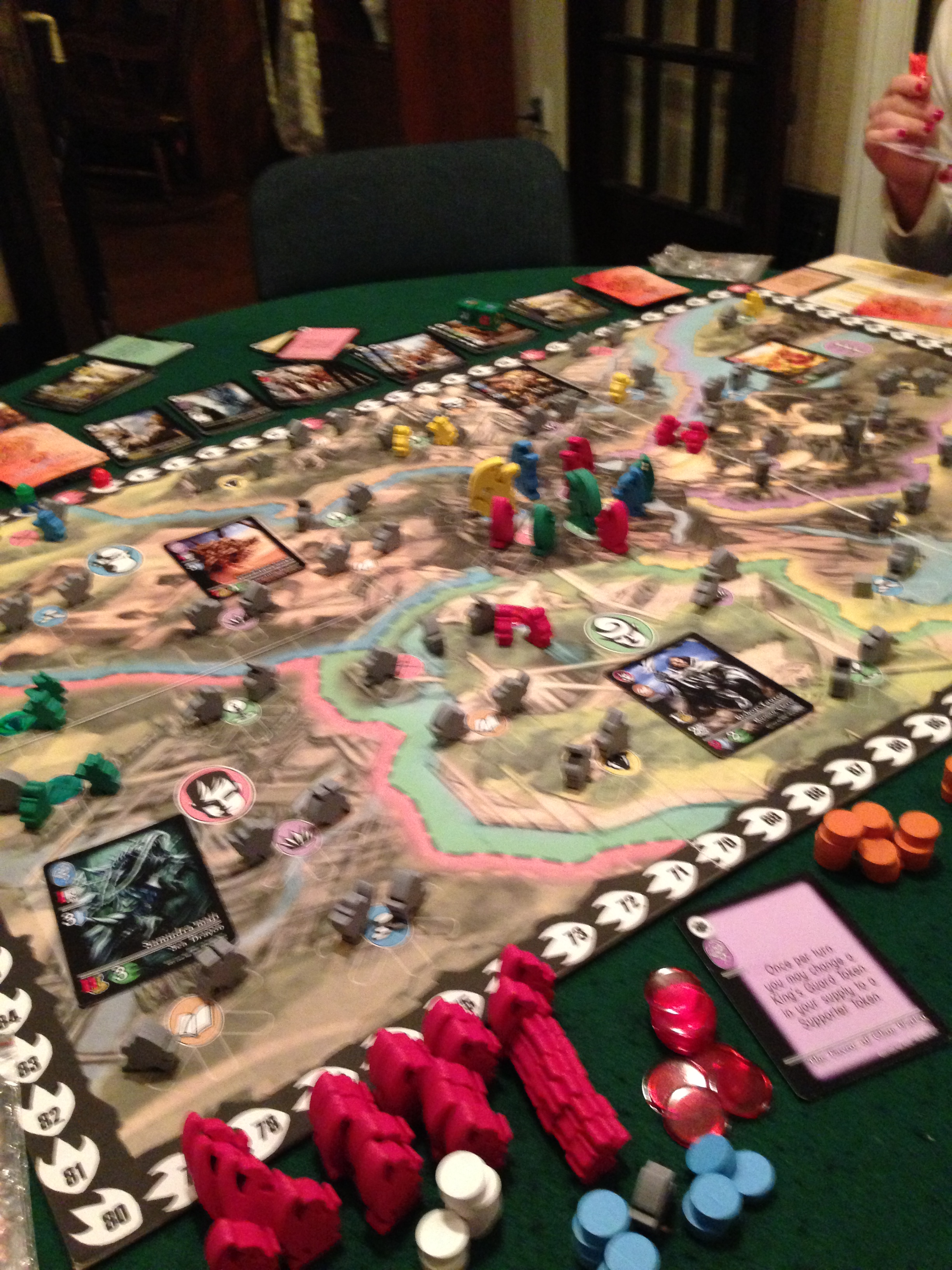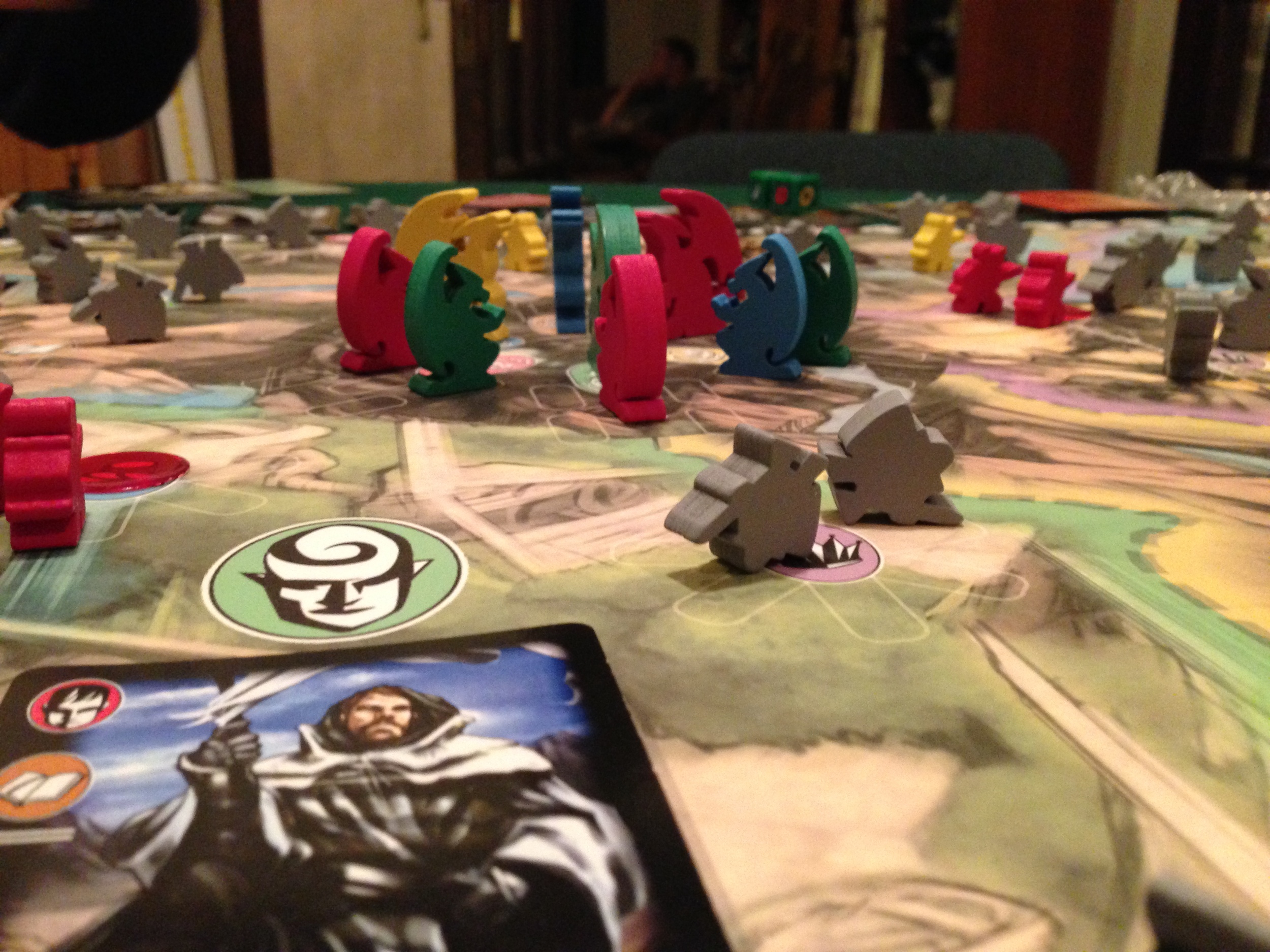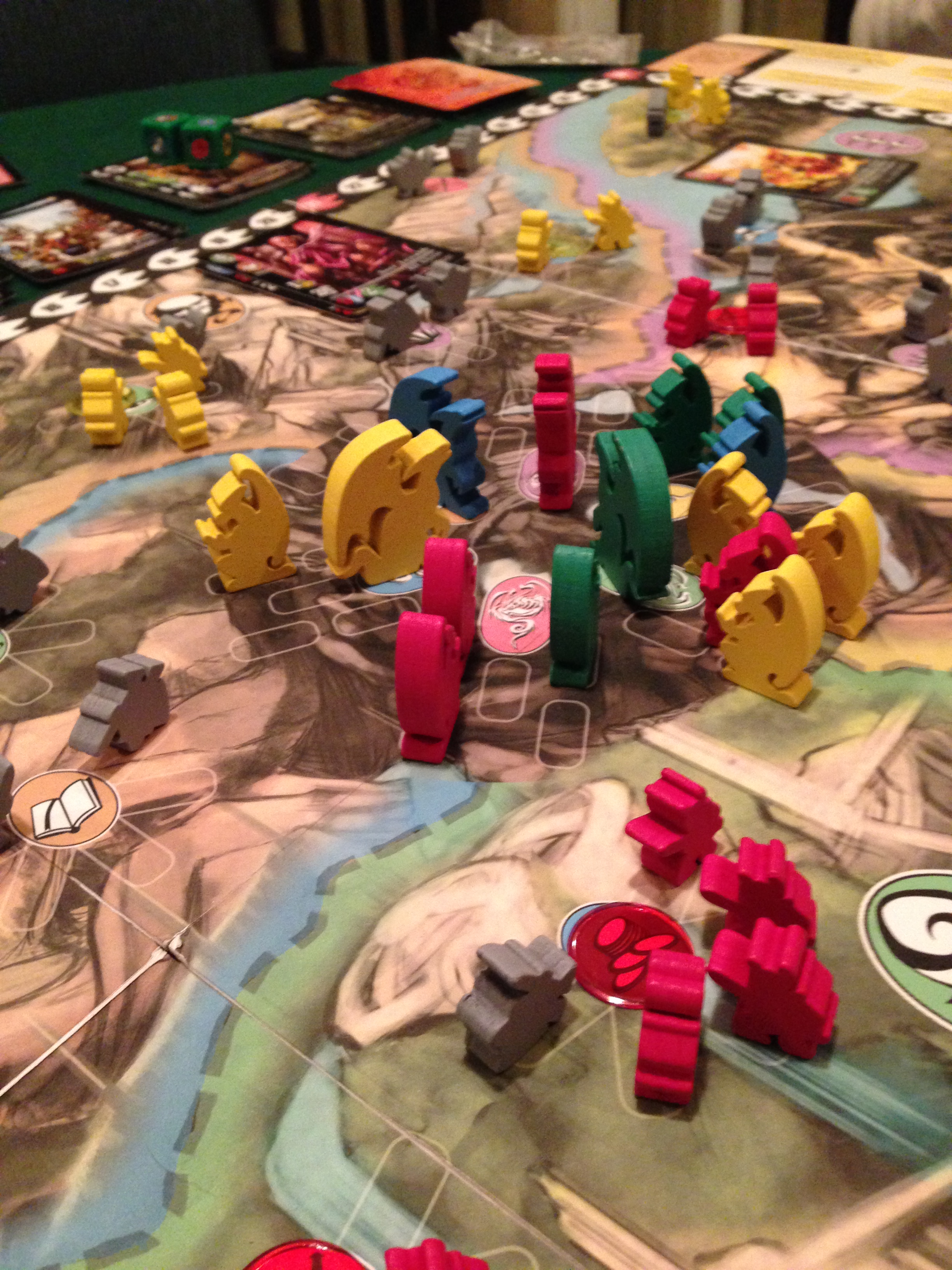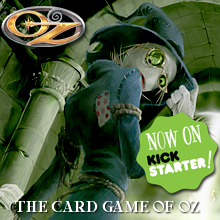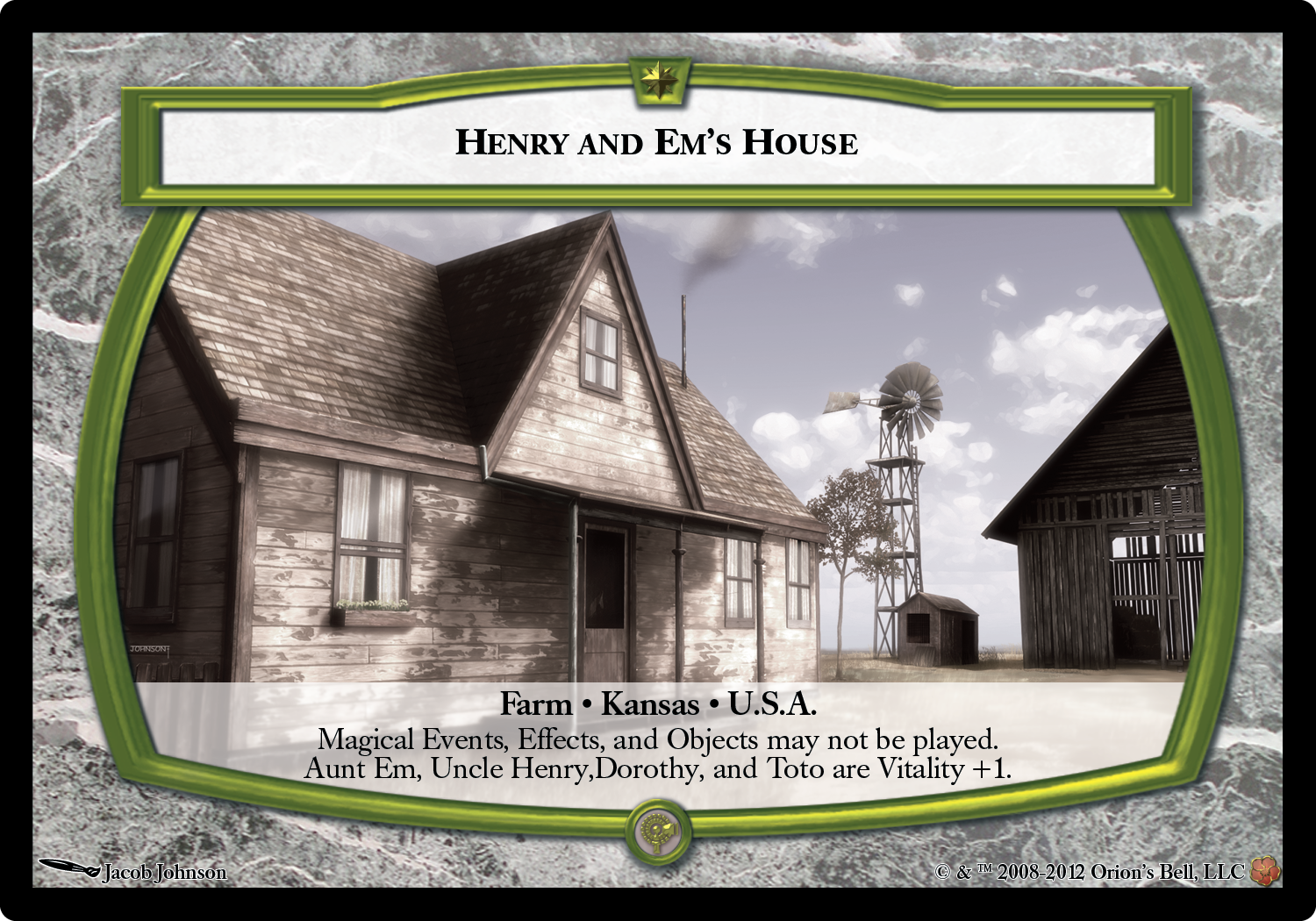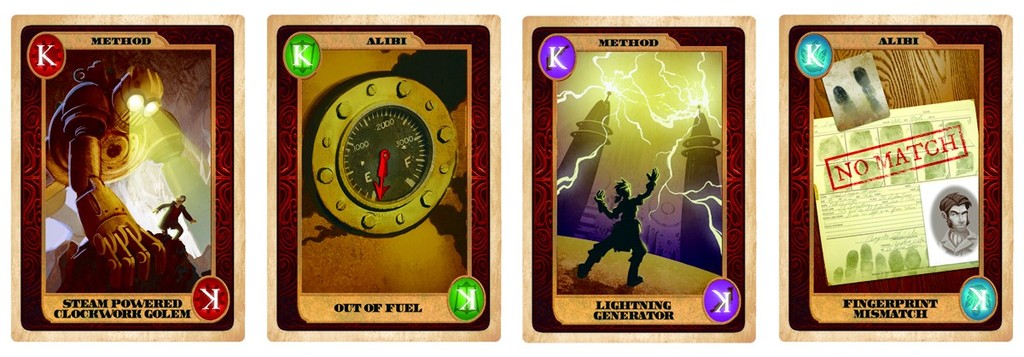Epic Death—A Preview
/By Jeremiah “You only live twice: Once when you're born And once when you look death in the face.” ― Ian Fleming, You Only Live Twice
And thrice when you get brought back to life by a resurrect card...
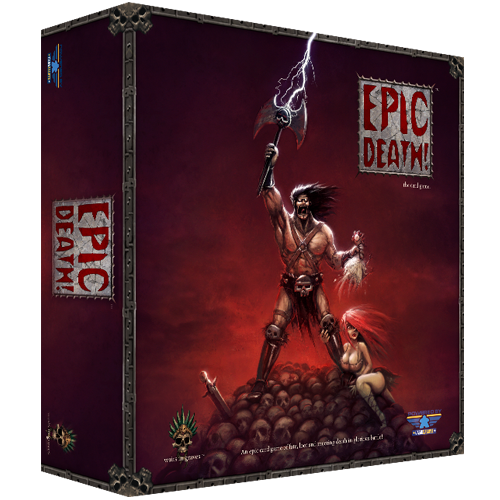 Today we're looking at a prototype of the card game Epic Death, from Waits in Graves; the game was successfully Kickstarted by Springboard—Game Salute's Kickstarter juggernaut.
Today we're looking at a prototype of the card game Epic Death, from Waits in Graves; the game was successfully Kickstarted by Springboard—Game Salute's Kickstarter juggernaut.
Let's talk about how the game plays...
The Components
Cards... Lots of them.
20x Adventurer Cards—These are flavorful, but un-unique, otherwise—no one adventurer has any special abilities or stats.
57x Loot Cards—This is one of two ways you score points. Again there are no abilities or bonuses given through collecting these cards.
38x Fate Cards—These cards make up your player hand, and basically allow you to increase your chances of completing a quest, or decrease the chances of your opponents completing quests on their turns. Speaking of Quests...
40x Quest Cards—These are split into two types: Quests (ordinary run of the mill quests) and Epic Quests!
16 Six-Sided Dice—I had to use my own for the preview version but they say these are going to be epic in the final version!
The Setup
Each player selects five adventures—unless you're playing a 5-player game then you select four, because you know...math. Separate the Epic, and Regular Quest cards, placing the stack of Regular Quests on top of the Epic Quest cards; this makes the Quest deck. Then deal a line of 5 Quest cards out from the Quest deck. Shuffle up the Loot cards and Fate cards separately to make the Loot and Fate decks, and then deal out 5 Fate cards to each player.
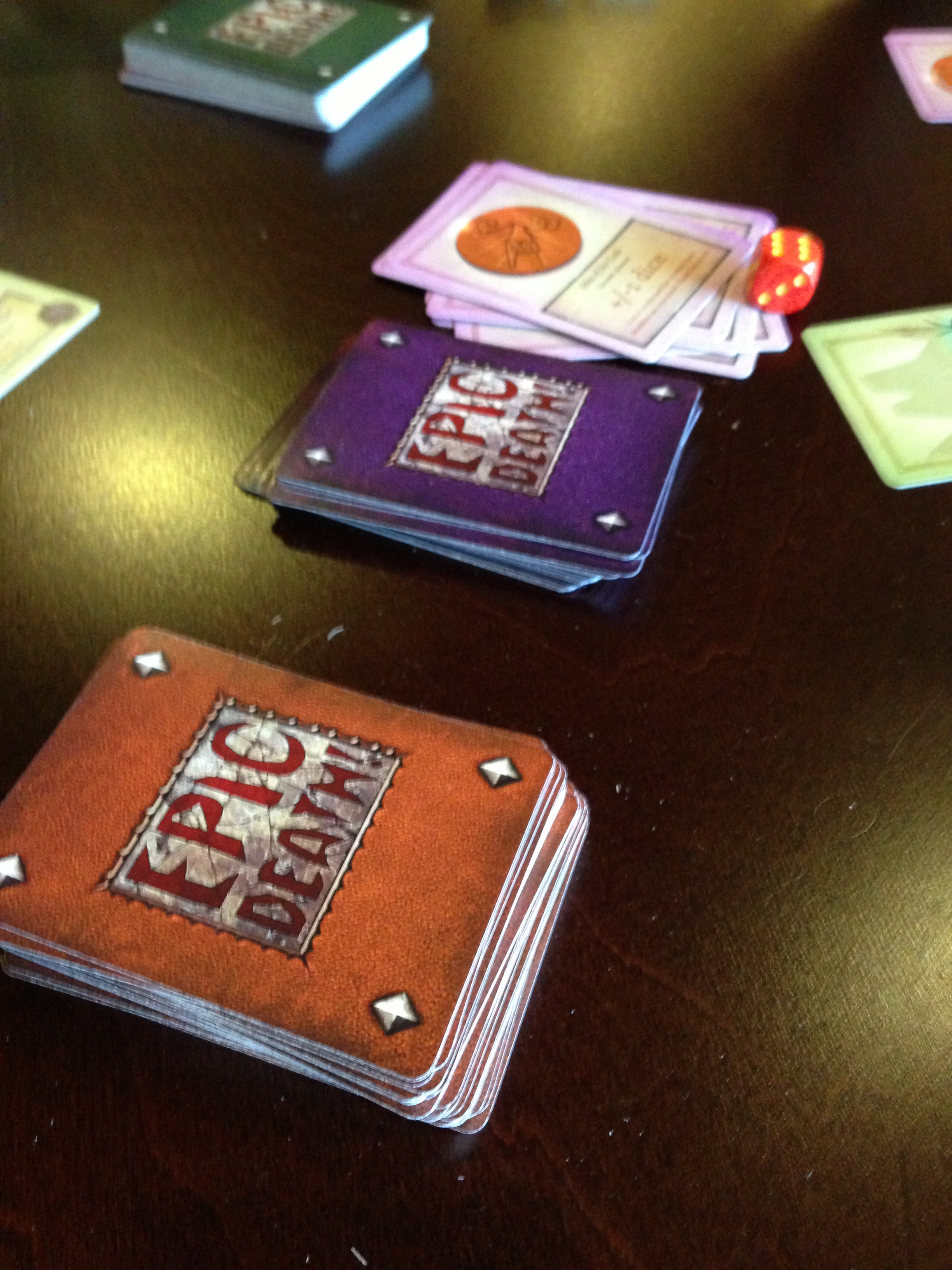 The Gameplay
The Gameplay
On a player's turn he or she selects a Quest from the lineup, and then players can play Fate cards on the active player's company, starting with Death/Resurrection cards and proceeding to "before dice are rolled" cards—before the active player rolls the dice—and then "after dice are rolled" cards—after the dice are...well I think you get it. Let's break those down a little bit:
Death/Resurrection cards—These cards are assigned to a specific adventurer; a Death card results in that adventurer being killed if the quest is failed. A Resurrection card will result in bringing a deceased adventurer back into the game if the Quest is successfully defeated.
Other Fate cards—The majority of Fate cards that are played before or after the dice are rolled either add or subtract the amount of dice rolled for the quest. Or force a player to re-roll after they've been rolled.
After the Fate cards have been played, the active player rolls the dice (starting with 10, and then +/- by the modifiers of the Fate cards). If they are victorious, they collect the reward, which typically consists of Loot cards and Fate cards. If they fail, then the Quest card is placed under one of the adventurers, exposing the bottom of the Quest card and the "Fail" points attributed to the card. If there is a Death card on an adventurer, that adventurer gains the "Fail" points and is killed (turned face down).
How do you defeat a Quest? Each Quest has a type and number of victories required to defeat it. A trivial victory is any die showing 4 and up, a mighty victory is 5 and up, and an exalted victory is a die showing 6. So a Quest requiring 4 mighty victories requires 4 of the 10 dice you're rolling to show a 5 or 6. Rewards and Fail points are scaled appropriately for the type of Quest and victories needed to defeat it.
Loot cards gained by defeating Quests are assigned to your adventurers by playing them under the adventurer cards showing the "Epic" score on the top of the Loot cards.
The Epic Quest Phase—Once you've gone through the regular quests the Epic Quests will populate the line up and will shake things up! Defeating an Epic Quest will still reward you with some Loot and Fate cards. But if a player fails an epic quest, they kill off a hero and gain the Epic score on the Quest card (placing it the same way you do a Loot card). Once an adventurer is killed off you can no longer place loot (points!) or quest cards (fail or points) on them.
End Game
Once one player's adventurers are all dead, the game is over, and the score is tallied. Players only count the scores of those adventurers who have met glorious, "epic," or maybe not-so-epic death in battle. Whoever has the most points wins.
My Thoughts
Components—While the copy I reviewed is only in the prototype stages, the artwork is mostly complete. From what I saw it's very well done in the cartoony fantasy style, and looks great. The flavor text is humorous and packed full of great genre-crossing references!
Gameplay—I enjoyed the change-up halfway through the game—just when the turns seemed a little redundant, the Epic Quests come out and you find yourself actually trying to take dice away from your roll so you can kill off an adventurer and score a bunch of Epic points for your Epic Death! The potential (and I suppose the expectancy) for gang-up situations is huge in this game. Those seem to move the game along well though, so be prepared and bring your thick skin!
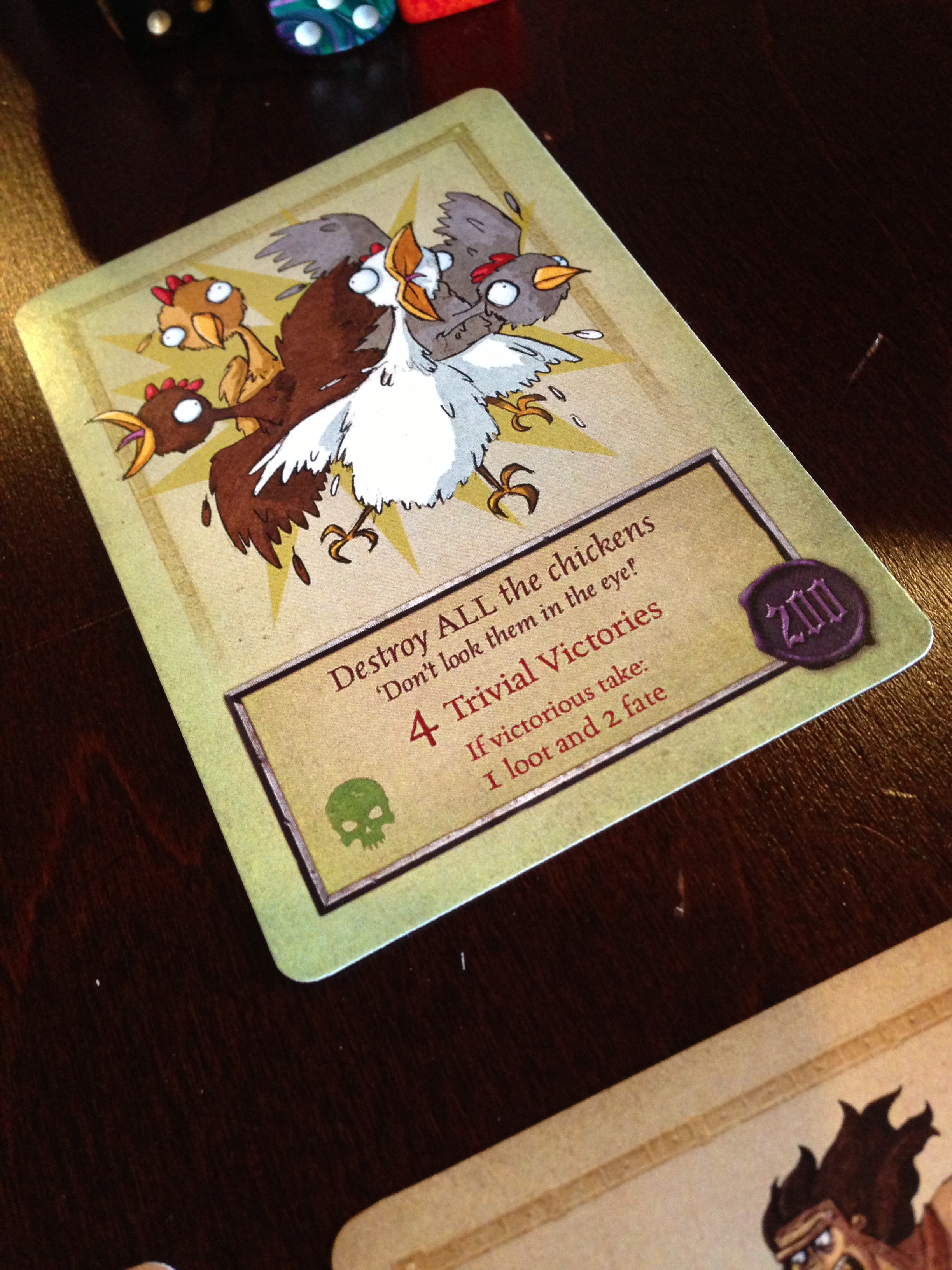 Final Thoughts and Recommendations—Munchkin and Gloom had a baby and named it Epic Death. If you know those titles, and you enjoy those titles, then get on the Epic Death bandwagon. The theme is set in a Munchkin-ish comedic fantasy realm where everyone gangs up on everyone else, and the scoring mechanism (i.e. placing points on a character and killing them off to score them) is very reminiscent of Gloom. That being said there is some fun to be had with the randomness of the dice rolls and a good touch of strategy when it comes to deciding if you want to play a fate card on an opponent or keep it to help your chances.
Final Thoughts and Recommendations—Munchkin and Gloom had a baby and named it Epic Death. If you know those titles, and you enjoy those titles, then get on the Epic Death bandwagon. The theme is set in a Munchkin-ish comedic fantasy realm where everyone gangs up on everyone else, and the scoring mechanism (i.e. placing points on a character and killing them off to score them) is very reminiscent of Gloom. That being said there is some fun to be had with the randomness of the dice rolls and a good touch of strategy when it comes to deciding if you want to play a fate card on an opponent or keep it to help your chances.
Put It on the Table—If you enjoy a slap-sticky dice-roller with lots of ganging up and a big take-that factor. Just know that this is that kind of game, and if you're into that, you'll love Epic Death—it does that very well! Casual players will be able to grasp the game concepts pretty easily as well, and the flavor and geeky references in the game will hit folks on many levels.
Leave It on the Shelf —You might want to leave this one on the shelf for family game nights, or with a church or youth group. While all of the artwork is stylized and non-threatening, there are a lot of Necromancer, demon-ish type cards in there—what you would expect for a game called Epic Death—so you might want to have a good look at the cards to determine what settings are appropriate for the game. Younger players might have a tough time tracking the change of strategies midway through the game as well.
Overall: Put It on the Table!
We'd like to thank Game Salute for loaning Jeremiah a prototype of Epic Death, which in no way influenced the review of this game.
Thanks so much for reading; we'd love it if you would subscribe to the blog by adding your email address in the little box over on the right ----->
You can also find us on Twitter, Facebook, Instagram, and YouTube!

